Principles of Medical Biochemistry
1538 Kč 1 543 Kč
Sleva až 70% u třetiny knih
Part ONE
PRINCIPLES OF MOLECULAR STRUCTURE AND
FUNCTION 1
Chapter 1
INTRODUCTION TO BIOMOLECULES
Water Is the Solvent of Life
Water Contains Hydronium Ions and Hydroxyl Ions
Ionizable Groups Are Characterized by Their pK Values
The Blood pH is Tightly Regulated
Acidosis and Alkalosis Are Common in Clinical Practice
Bonds Are Formed by Reactions between Functional Groups
Isomeric Forms Are Common in Biomolecules
Properties of Biomolecules Are Determined by Their Noncovalent
Interactions
Triglycerides Consist of Fatty Acids and Glycerol
Monosaccharides Are Polyalcohols with a Keto Group or an
Aldehyde Group
Monosaccharides Form Ring Structures
Complex Carbohydrates Are Formed by Glycosidic Bonds
Polypeptides Are Formed from Amino Acids
Nucleic Acids Are Formed from Nucleotides
Most Biomolecules Are Polymers
Summary
Chapter 2
INTRODUCTION TO PROTEIN STRUCTURE
Amino Acids Are Zwitterions
Amino Acid Side Chains Form Many Noncovalent
Interactions
Peptide Bonds and Disulfide Bonds Form the Primary Structure of
Proteins
Proteins Can Fold Themselves into Many Shapes
-Helix and beta-Pleated Sheet Are the Most Common Secondary
Structures in Proteins
Globular Proteins Have a Hydrophobic Core
Proteins Lose Their Biological Activities When Their Higher-Order
Structure Is Destroyed
The Solubility of Proteins Depends on pH and Salt
Concentration
Proteins Absorb Ultraviolet Radiation
Proteins Can Be Separated by Their Charge or Their Molecular
Weight
Abnormal Protein Aggregates Can Cause Disease
Neurodegenerative Diseases Are Caused by Protein Aggregates
Protein Misfolding Can Be Contagious
Summary
Chapter 3
OXYGEN TRANSPORTERS: HEMOGLOBIN AND
MYOGLOBIN
The Heme Group Is the Oxygen-Binding Site of Hemoglobin and
Myoglobin
Myoglobin Is a Tightly Packed Globular Protein
Red Blood Cells Are Specialized for Oxygen Transport
The Hemoglobins Are Tetrameric Proteins
Oxygenated and Deoxygenated Hemoglobin Have Different
Quaternary Structures
Oxygen Binding to Hemoglobin Is Cooperative
2,3-Bisphosphoglycerate Is a Negative Allosteric Effector of
Oxygen Binding to Hemoglobin
Fetal Hemoglobin Has a Higher Oxygen-Binding Affinity than
Does Adult Hemoglobin
The Bohr Effect Facilitates Oxygen Delivery
Most Carbon Dioxide Is Transported as Bicarbonate
Summary 38
Chapter 4
ENZYMATIC REACTIONS 39
The Equilibrium Constant Describes the Equilibrium of the
Reaction
The Free Energy Change Is the Driving Force for Chemical
Reactions
The Standard Free Energy Change Determines the Equilibrium
Enzymes Are Both Powerful and Selective
The Substrate Must Bind to Its Enzyme before the Reaction Can
Proceed
Rate Constants Are Useful for Describing Reaction Rates
Enzymes Decrease the Free Energy of Activation
Many Enzymatic Reactions Can Be Described by Michaelis-Menten
Kinetics
K m and V max Can Be Determined Graphically
Substrate Half-Life Can Be Determined for First-Order but Not
Zero-Order Reactions
K cat/ K m Predicts the Enzyme Activity at Low Substrate
Concentration
Allosteric Enzymes Do Not Conform to Michaelis-Menten
Kinetics
Enzyme Activity Depends on Temperature and pH
Different Types of Reversible Enzyme Inhibition Can Be
Distinguished Kinetically
Enzymes Stabilize the Transition State
Chymotrypsin Forms a Transient Covalent Bond during
Catalysis
Summary
Chapter 5
COENZYMES
Enzymes Are Classified According to Their Reaction Type
Adenosine Triphosphate Has Two Energy-Rich Bonds
ATP Is the Phosphate Donor in Phosphorylation Reactions
ATP Hydrolysis Drives Endergonic Reactions
Cells Always Try to Maintain a High Energy Charge
Dehydrogenase Reactions Require Specialized Coenzymes
Coenzyme A Activates Organic Acids
S-Adenosyl Methionine Donates Methyl Groups
Many Enzymes
| Autor: | Meisenberg, Gerhard |
| Nakladatel: | Elsevier |
| Rok vydání: | 2016 |
| Jazyk : | Angličtina |
| Vazba: | Paperback / softback |
| Počet stran: | 657 |
Mohlo by se vám také líbit..
-

Medical Biochemistry
-
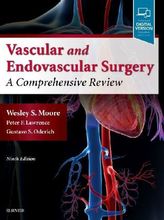
Vascular and Endovascular Surgery
Moore, Wesley S.
-
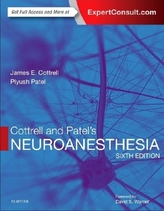
Cottrell and Patel's Neuroanesth...
Cottrell, James E.
-
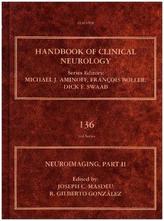
Neuroimaging. Vol.2
Masdeu, Joseph C.
-
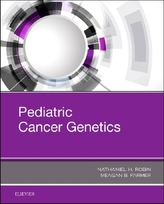
Pediatric Cancer Genetics
Robin, Nathaniel H.
-
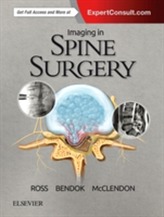
Imaging in Spine Surgery
Ross, Jeffrey S.
-
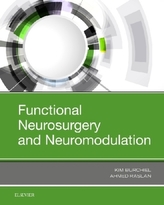
Functional Neurosurgery and Neuromodu...
Burchiel, Kim J
-

Cerebrospinal Fluid in Neurologic Dis...
Deisenhammer, Florian
-
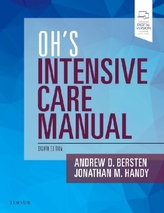
Oh's Intensive Care Manual
Bersten, Andrew D.
-

Anatomy and Human Movement
Soames, Roger W.
-
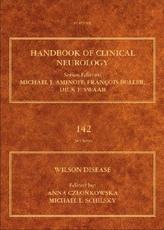
Wilson Disease
Czlonkowska, Anna
-
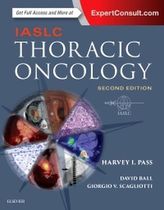
IASLC Thoracic Oncology
Pass, Harvey I.
-
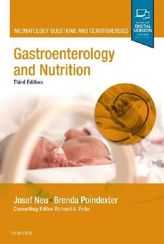
Gastroenterology and Nutrition
Neu, Josef
-

The Physiotherapist's Pocketbook
Kenyon, Karen
-
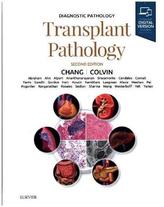
Diagnostic Pathology: Transplant Path...
Chang, Anthony C.
-
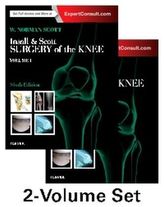
Insall & Scott Surgery of the Kne...
Scott, W. Norman





